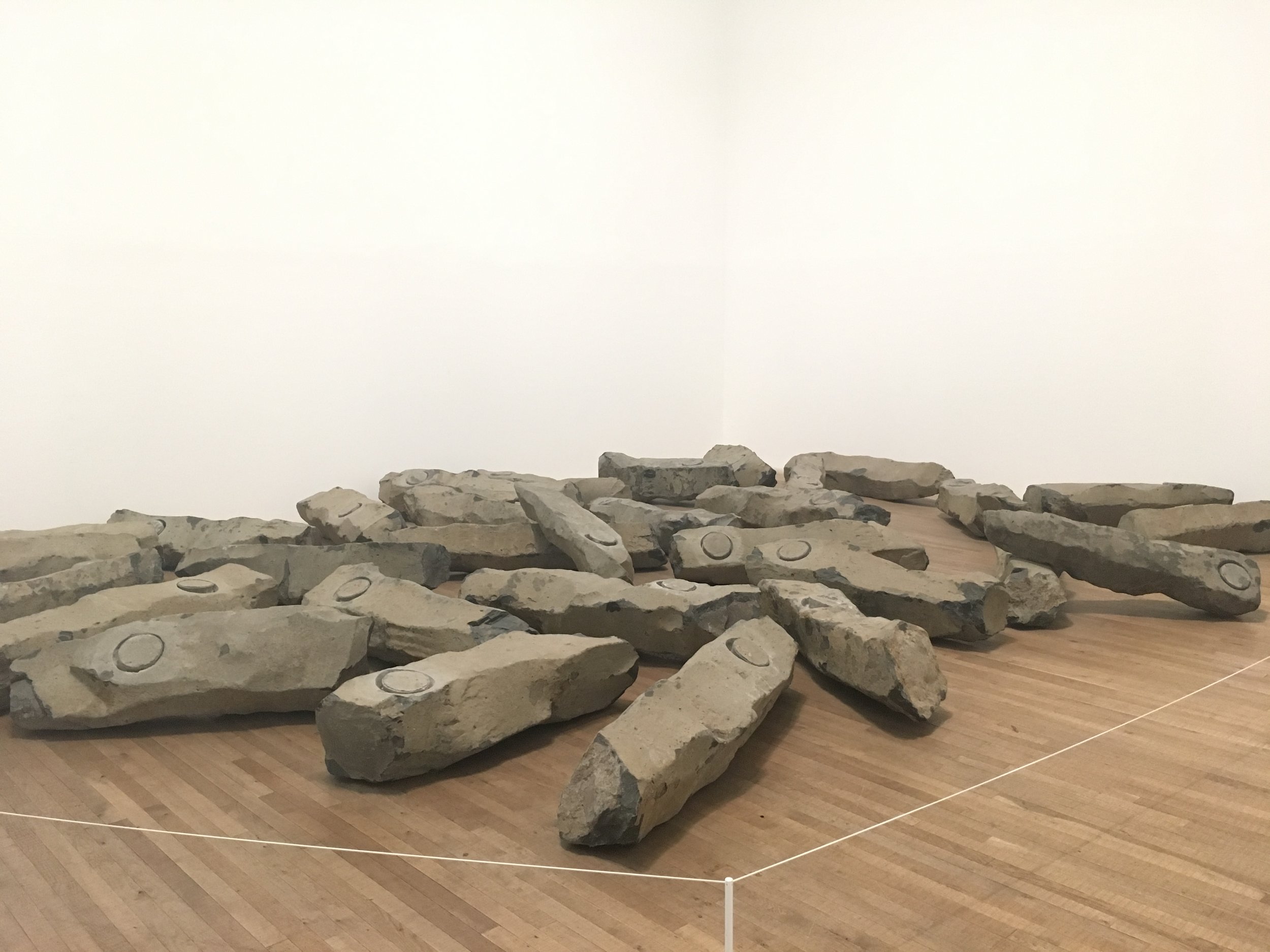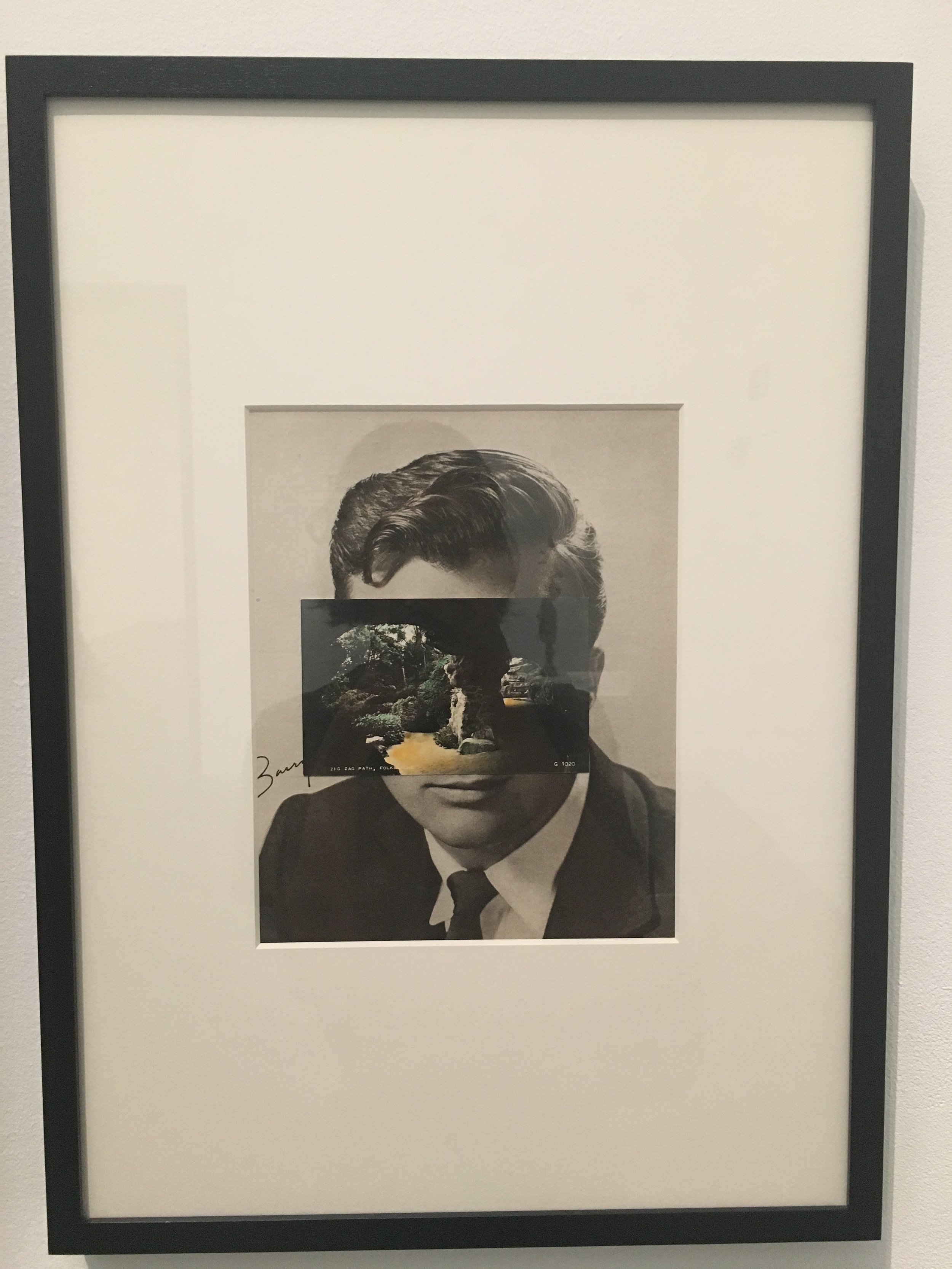Tell us a little bit about yourself—your background, major program of study, reasons for taking this trip, and anything else interesting you want to share (maybe something people might not know about you).
Hello, I am Shonel. I am a fourth year psychology major and counselling minor student at Kwantlen Polytechnic University. Aside from studying at KPU, I am also an active campus volunteer for various events and activities. I have an interest for art and art history therefore I decided to pursue this London/Venice field school. Also, I couldn’t pass on the opportunity of travelling to Europe for the first time while completing my degree! My perspective of art is often at the intersection of where: art + life + psychology, meet each other. I like to learn about the way an artist thinks; find psychological themes in works of art; and enjoy the therapeutic qualities of art. About a year ago I started painting for fun. I realized that time does not exist while creating art. For me art can mean, and be anything. It can be a journey, an escape or simply just a moment in time. I am making the most out of this field school, and I hope to return back home knowing more than I did before.
Panorama of the city from the top of the London Eye
What has met or exceeded your expectations or surprised you about London (or Venice) so far?
Shonel, a fourth year Psychology major at KPU (centre), pictured with Mel (left) and Elizabeth (right) riding the escalators on the London tube
I have spent 12 days in London so far. From my experience, I can say that it is a great city with a lot to offer. I am amazed by how many options there are for places to eat at, shop at, explore, and discover. There have been many instances on this trip where I have found places to eat at by simply walking past an intriguing sign or menu. My favourite British delight would be afternoon cream tea. This is essentially tea with scones, butter and jam. After experiencing my first cream tea service, I have not missed an afternoon tea service since! Aside from the pleasure of food, the accessibility is great. Everything is accessible by walking or using the city transport system. The busses here have definitely exceeded my expectations. My two favourites are walking or taking the bus. Both offer great ways to see the city, especially on a double decker bus! As someone who enjoys to explore on their own, this is a fairly safe city to do so. If you get lost, so be it. You will always find a way back is what I have learned. London is also very culturally diverse which I appreciate. Seeing people from all around the world within one city makes the London experience unique and interesting.
What has surprised me about London is how so many museums and art galleries are free to the public. I think this is a great way to make the arts and culture accessible for everyone. I have also frequently seen groups of school aged children on field trips to the museums and galleries. I keep thinking what an amazing educational opportunity for kids here to learn about art and history by being in established spaces and seeing and engaging for themselves. Lastly I will say that aside from London, exploring the surrounding areas of London such as Oxford and Windsor has been an experience I will remember forever. Especially visiting Oxford which you will read about in the paragraphs to come.
Give us some insight into your assigned artwork from the Tate Modern. After seeing the work in person in London (and any other related art from the same artist or art movement associated with the assigned work), what struck you most about it and/or how did the artwork’s form, content, and context shift for you when seeing it.
My assigned art works shown at the Tate Modern were The End of the Twentieth Century, (1983-85), by Joseph Beuys; and Mask XIV, (2006), by John Stezark (both images follow). After seeing Beuys’ installation which is made of Basalt rocks, clay and felt; I instantly noticed that the rocks in the installation have been moved all to one side of the gallery room. When I initially studied the installation, the rocks were spread out across the gallery room allowing the audience to walk through the installation. This new layout forced the audience, myself included, to observe from only the outside parameters. This was slightly disappointing, but I was still able to observe the art work in much more detail in person than through just an image. The form of the rock includes multiple colours such as greys, browns, and taupes. The colours really stood out to me. Also, the scale of the rock was put into better perspective. They are long, linear, horizontal rocks about average human length each. Something new that I learned was that this work was developed from a project to encourage an ecological awakening for humanity by planting 7000 oak trees in Kassel, Germany. In the project, basalt rocks were placed alongside the trees so in this installation the basalt rocks are used as a symbol for potential growth.
Seeing John Stezark’s work was exactly as I had expected to see. Mask VIX, is a postcard on paper on photo-etching on paper. It contains a portrait photo of an unidentifiable film star from the 1950’s with an image of a cavernous landscape covering the actors eyes and nose. The rock formation hollows where the eyes would be and forms a vertical line down the middle of the face as if it were the nose. This creates a mask like effect, but at the same time it opens up a window into another space. In person, I was able to see the outline of the edges of the postcard which is not possible through seeing this work in pictures.
Also, the scale was what I had in mind as it is a relatively small work in a thickly matted frame. What I coincidentally came across when we visited the National Gallery was more of Stezark’s work featured in two rooms. This gave me the opportunity to further explore and observe his work such as his Marriage series. I was also able to see his Marriage, (2018), HD video which struck me because it plays with the psychology of perception and it has to do with how the the brain identifies faces (see embedded video). I am appreciative that I had the chance to observe many works by Stezark; much more than I had anticipated.
Today’s activity was a free day activity. What were your impressions? What will you take away of the experiences of this day? What are the most memorable moments for you?
Panoramic view of Oxford streets
The view of Sheldonian Theatre at Oxford, described by Shonel as associated with an important personal moment in his travel experience
On my free day, I made a trip to Oxford. I can genuinely say that I fell in love with Oxford and the university. I had the most perfect day starting off with lunch, then exploring the streets, the shops, library and multiple museums. The architecture is stunning, I spent most of the time looking up at all of Oxford’s historic buildings. I also enjoyed my afternoon cream tea with a view of the Sheldonian Theatre. During my tea I had a moment to myself where I realized that I truly earned my independence. I thought to myself—wow-- first off, I made it to Europe; but most importantly I have never been so independent in a different country doing things for myself before. I think this is a major accomplishment, and it requires being brave and believing in myself – something that I have found to be a challenge.
Oxford was the first trip I have planned entirely solo in a different country, and everything worked out beautifully. I think because of Oxford I have a reason to come back to England just to explore more things in Oxford that I did not have the time to see. Even aside from Oxford, I have done so much travelling by myself apart from our group which I have enjoyed. Going to Oxford alone gave me more confidence to go to Windsor Castle the following day. Windsor Castle is the Queen’s weekend getaway, and I can see why. The Castle and the grounds are absolutely stunning. Going inside the Staterooms I was amazed by the elaborate artwork, chandeliers and decor – definitely fit for the royals. My favourite part of Windsor Castle was discovering the rich history of the Castle and how the Castle has come to be what it is today after the built started in 1070! Both Oxford and Windsor are definite highlights of my trip to England, and are days that’s I will never forget.
Panoramic view of Windsor Castle
Picturesque view of Windsor Castle


